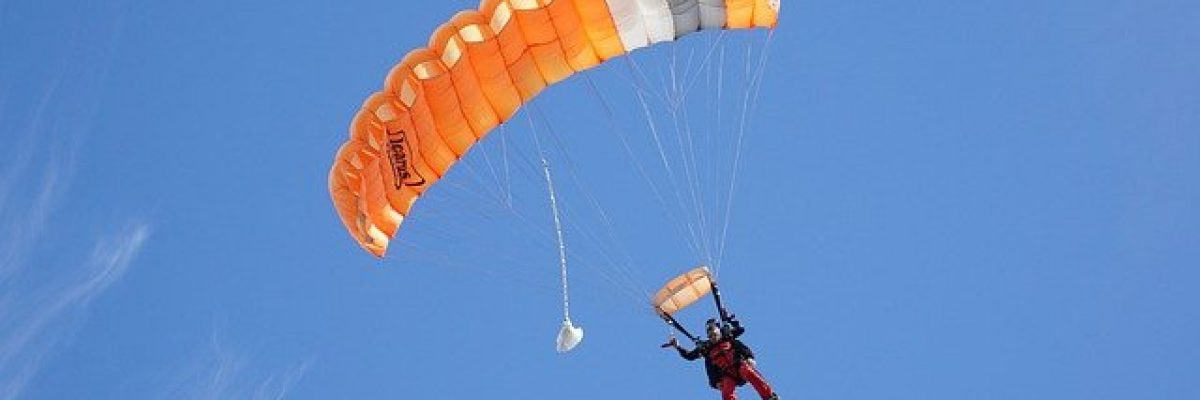The pain relieving expert holds nothing back and gives insider knowledge on why joints hurt and why (almost) everyone can be pain-free. And can stay that way.
He’s really exaggerating now, isn’t he? The typical blabbermouth. Let’s see ![]() … Ready for the jump? Let’s fly. Oh… and first read completely – then conclude.
… Ready for the jump? Let’s fly. Oh… and first read completely – then conclude. ![]()
So how do movement patterns come about and why is this one of the crucial points? “Form follows function!” Perhaps you have heard this before? Muscles are needed to actively control movements. Our brain stores frequently used movement patterns.
Like walking, lifting, sitting… Tens of thousands of movement patterns, distributed throughout the day. So we don’t have to think about it when we perform it. The body thus saves a lot of memory energy. Efficiently.
What the brain also stores, otherwise it wouldn’t make sense, are the necessary muscle tensions to be able to perform the movements quickly and fluently in everyday life.
Does that make sense? Sure, because who wants to walk like a 2-year-old child in the morning and then in the evening like their actual age? To remember: our everyday movement patterns therefore significantly shape the structure and flexibility of our tissue.
In order for the joint bones to move almost frictionlessly, a buffer between the two surfaces is necessary. This is elastic cartilage, which occurs for example in the form of discs as the meniscus in the knee joint.The cartilage is not supplied with blood. The necessary nutrients must therefore be absorbed from the surrounding joint fluid.
How does the cartilage do this? Every time the joint is loaded and the cartilage is thus compressed, all the waste products are squeezed out of it. The resulting light, biologically normal abrasion is regenerated by the healthy body. When the joint is relieved, the cartilage again absorbs joint fluid and takes up new nutrients. If the daily movement patterns and angles (as mentioned above) only account for 10% of a possible 100%, what happens to the cartilage?
Then the pressure within the joint, because the total pressure is no longer evenly distributed, should (at some point) wear through the cartilage at certain points, shouldn’t it? And the internal repair no longer manages to repair that. That’s what we know as osteoarthritis. So how does the pain come about? The joint cartilage has no pain receptors of its own (!) , so its wear and tear cannot be the direct cause of the pain.
Do the joints and the back hurt all the time? No, not all the time and “only” during certain movements. Try lying on your back when you have back pain. Does it still hurt after 2 minutes? If the brain now recognises that there is a threat to the joint, it will react. How? It sends an alarming pain into the area to stop or slow down the damaging movement. This is because the brain constantly measures the tension in each joint. Now I claim that if I reduce these tensions, the brain no longer has a reason to send pain to the area. On the MRI, it will still look like there’s arthritis, but without pain.
How does that sound? If that were true? And now I still maintain that if I reduce the tension in the joint, the cartilage, which is excessively worn, gets less pressure and can regenerate. It grows back. Oops… now I’ve gone too far. That’s not right at all. I knew it. I already knew that at the beginning.
But again, if this would work? And now let’s be honest… of all the attempts you have tried, how many of them have helped permanently? And in the end you were independent of further treatments? Because, in my world, going to a practitioner every month and always paying for it…. is not independent. It’s “just” an exchange, every month: money for peace of mind.
And now all one would have to do (as a person affected) is to do regular exercises that keep the tension conditions in the joint in question stable to the point where alarming pain from the brain is no longer necessary. And ideally still improve the condition.
Well… how many more are there with me? The parachute landed. That was a lot, I know. Questions?
Who feels challenged?
See you next time.
Stay strong.
Matti













